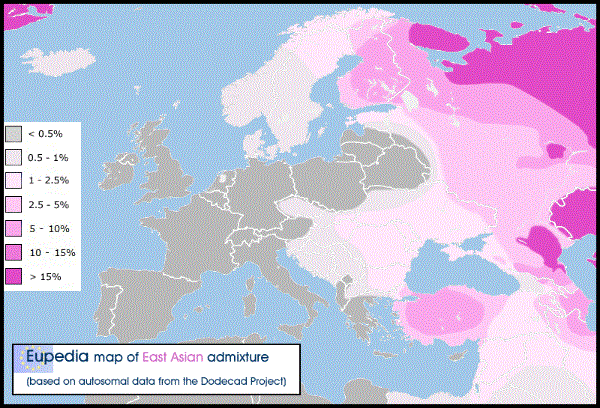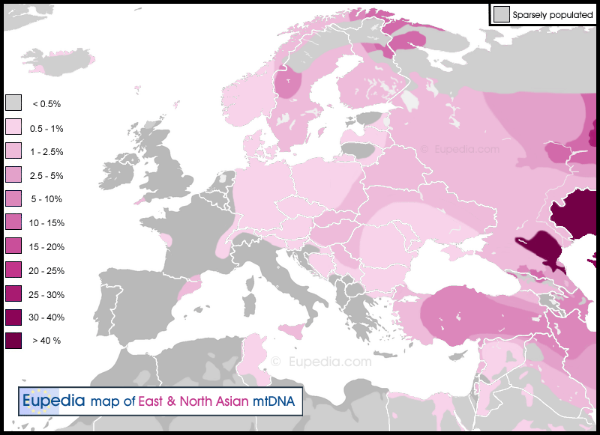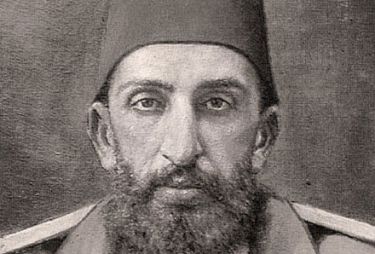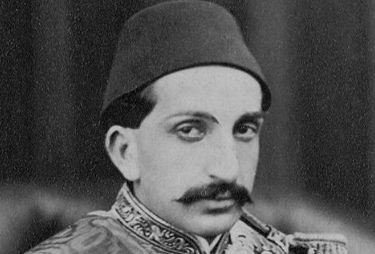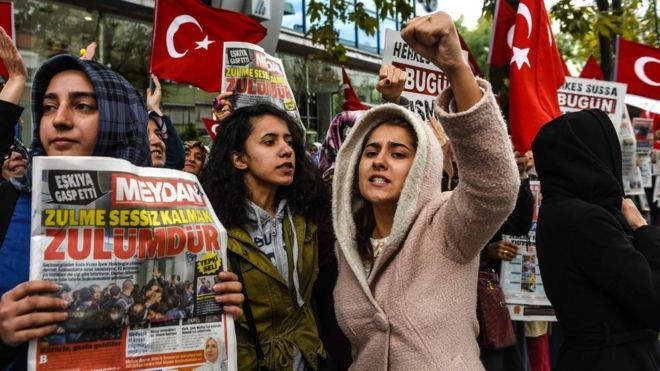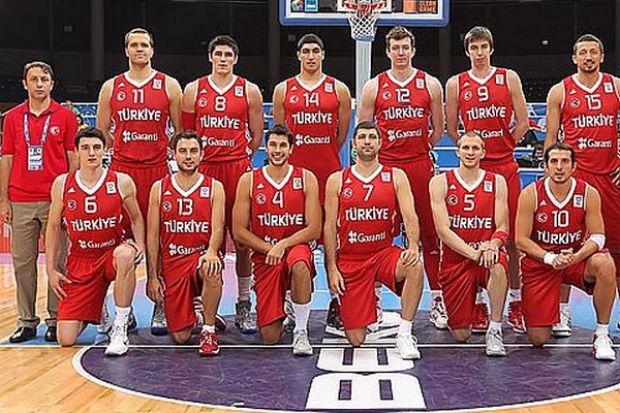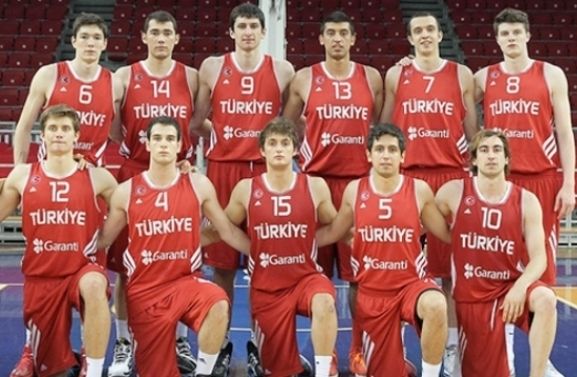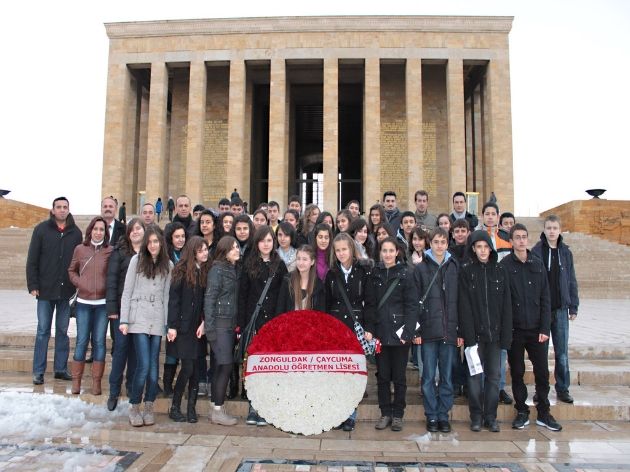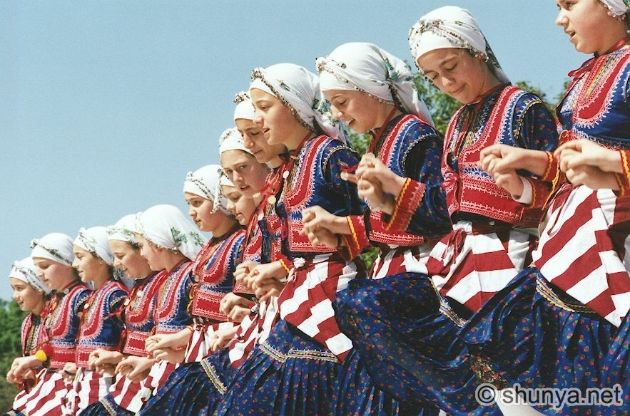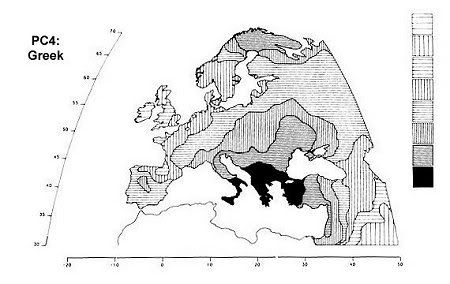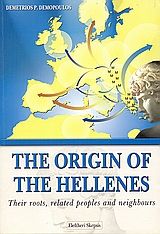Post by Admin on Nov 28, 2022 22:50:10 GMT
The Anatolian Greek origin of the Mycenaean Royal family
Tmolus
Tmolus /?mo?l?s/ (Ancient Greek: Τμ?λος, Tmolos) was a King of Lydia and husband to Omphale. Mount Tmolus (modern Bozdag) is named for him. It lies in Lydia with the Lydian capital Sardis at its foot and Hypaepa on its southern slope.
according to a scholion to Euripides Orestes 5, was the father of Tantalus by Plouto.[1]
en.wikipedia.org/wiki/Tmolus
Tantalus
his father was Tmolus or Manes,the first king of Lydia.
He was the father of Pelops, Niobe and Broteas, and was a son of Zeus
There may have been a historical Tantalus – possibly the ruler of an Anatolian city named "Tantalis",[3]
Tantalus is referred to as "Phrygian", and sometimes even as "King of Phrygia",[5] although his city was located in the western extremity of Anatolia, where Lydia was to emerge as a state before the beginning of the first millennium BC, and not in the traditional heartland of Phrygia, situated more inland. References to his son as "Pelops the Lydian" led some scholars to the conclusion that there would be good grounds for believing that he belonged to a primordial house of Lydia.
Other versions name his father as Tmolus, the name of a king of Lydia and, like Sipylus, of another mountain in ancient Lydia. The location of Tantalus' mortal mountain-fathers generally placed him in Lydia;[6] and more seldom in Phrygia[7] or Paphlagonia,[8] all in Asia Minor.
The identity of his wife is variously given...Euryanassa, daughter of Pactolus, another river-god of Anatolia, like the Xanthus;[12][13][11]
Tantalus, through Pelops, was the progenitor of the House of Atreus, which was named after his grandson Atreus. Tantalus was also the great-grandfather of Agamemnon and Menelaus.
The geographer Strabo, quoting earlier sources[citation needed], states that the wealth of Tantalus was derived from the mines of Phrygia and Mount Sipylus. Near Mount Sipylus are archaeological features that have been associated with Tantalus and his house since Antiquity. Near Mount Yamanlar in Izmir (ancient Smyrna), where the Lake Karagol (Lake Tantalus)
en.wikipedia.org/wiki/Tantalus
Pelops
In Greek mythology, Pelops (/?pi?l?ps, ?p?l?ps/; Greek: Πέλοψ), was king of Pisa in the Peloponnesus. His father, Tantalus, was the founder of the House of Atreus through Pelops's son of that name.
Pelops is believed to have Anatolian origins. He may have been originally worshipped in Phrygia or Lydia. Other ancient mythographers connect him with Paphlagonia.[14] He may have come from the Paphlagonian town of Enete.[15]
en.wikipedia.org/wiki/Pelops
Atreus
In Greek mythology, Atreus (/?e?tri?s/, /?e?tru?s/;,[1] from ?-, "no" and τρέω, "tremble", "fearless", Greek: ?τρεύς) was a king of Mycenae in the Peloponnese, the son of Pelops and Hippodamia, and the father of Agamemnon and Menelaus. Collectively, his descendants are known as Atreidai or Atreidae.
The House of Atreus begins with Tantalus.
en.wikipedia.org/wiki/Atreus
Agamemnon
In Greek mythology, Agamemnon (/ ?m?mn?n/; Greek: ?γαμέμνων, ?gamemnon) was a king of Mycenae, the son of King Atreus, the brother of Menelaus
?m?mn?n/; Greek: ?γαμέμνων, ?gamemnon) was a king of Mycenae, the son of King Atreus, the brother of Menelaus
en.wikipedia.org/wiki/Agamemnon
Menelaus
In Greek mythology, Menelaus (/?m?n??le??s/; Greek: Μενέλαος, Menelaos, from μένος "vigor, rage, power" and λαός "people," "wrath of the people") was a king of Mycenaean (pre-Dorian) Sparta, the husband of Helen of Troy, and the son of Atreus and Aerope. the brother of Agamemnon
en.wikipedia.org/wiki/Menelaus

Mycenaeans Descended from Anatolian Migrants
Mycenaeans were genetically similar, having at least three-quarters of their ancestry from the first Neolithic farmers; they likely migrated from Anatolia to Greece and Crete thousands of years prior to the Bronze Age.
Mycenaeans descended mainly from early Neolithic farmers, likely migrating thousands of years prior to the Bronze Age from Anatolia, in what is today modern Turkey.
This finding suggests that some migration occurred in the Aegean and southwestern Anatolia from further east after the time of the earliest farmers
www.sci.news/genetics/minoans-mycenaeans-anatolian-migrants-05100.html
Anatolian Greeks mass-settled in Peloponnesus and rest of Greece
Nicephorus I began to reconquer Slavic and Bulgar-held areas in the early 9th century.[11] He resettled Greek-speaking families from Asia Minor to the Greek peninsula and the Balkans.
en.wikipedia.org/wiki/Byzantine_Greece
The report in the Chronicle of Monembasia for the year 805 is in some respects similar to that of Theophanes in respect of the re-settlement of parts of the Peloponnese by the Byzantine authorities
The rest of these, carried out between September 809 and the following Easter, entailed the compulsory transfer and settlement of many soldiers from Asia Minor to “the Sklaviniai ”, in other words districts recovered for the empire in the southern Balkan region.8
www.academia.edu/32224786/Nikephoros_I_and_the_themata_2016_
In return, many Greeks from Sicily and Asia Minor were brought to the interior of Greece, to increase the number of defenders at the Emperor's disposal and dilute the concentration of Slavs
Sicily, southern Italy and Asia Minor, their Greek-speakers made their own way back to Greece. That the re-Hellenization of Greece through population transfers
en.wikipedia.org/wiki/Sclaveni
Peloponnesians and West Anatolian Greeks related genetically!

Genetics
According to the genetic site eupedia.com:
Northern Greeks(Thrace & Macedonia) : 93,7 % European
Central Greeks(Epirus & Thessaly) : 92,2 % European
Southern Greeks(Sterea Hellas & Peloponnese) : 93,9 % European
Eastern Greeks(Aegean islands & Ionia) : 91,7% European
Cretan Greeks(Crete) : 91,1 % European
All Greeks : 93,4 % European
Eastern Greeks (Aegean islands & Ionia) (158 samples)
I included Ionian GREEKS with the rest of Greeks
Their Y-DNA allmost perfectly resembles that of Aegean Greeks with whom I have classified them under Eastern Greeks (GREEKS not Greece). It also resembles average or mainstream Greek Y-DNA.
in fact Ionian Greeks and those from the Aegean islands might be the purest of Greeks since Ionians definetely didn't mix with Turks (no Central or East Asian haplogroups detected) and Albanian or Slavic influence in Ionia is zero...allthough some native Anatolian ancestry can't be ruled out.
Finally Ionian and other Anatolian Greeks are currently living in Greece and constitute a large section of the population...
As I explained Ionians seem very mainstream Greeks like those from the Aegean...
Their ancestors who lived under Ottoman Empire had a native Greek language, were Christian Orthodox and allways thought of themselves as Greeks (which is now proven by genetics).
www.eupedia.com/forum/printthread.php?t=26644&pp=25&page=1
Anatolian Greeks are close genetically to: 1)Aegean islanders, 2)south Italians, 3)mainland Greeks and 4)Balkanians according to the samples Sikeliot posted. They are not close with Turks or Armenians. Also they don't have any Central/East Asian admixture so they are not mixed with Turks at all.
Sikeliot to a poster:
Tmolus
Tmolus /?mo?l?s/ (Ancient Greek: Τμ?λος, Tmolos) was a King of Lydia and husband to Omphale. Mount Tmolus (modern Bozdag) is named for him. It lies in Lydia with the Lydian capital Sardis at its foot and Hypaepa on its southern slope.
according to a scholion to Euripides Orestes 5, was the father of Tantalus by Plouto.[1]
en.wikipedia.org/wiki/Tmolus
Tantalus
his father was Tmolus or Manes,the first king of Lydia.
He was the father of Pelops, Niobe and Broteas, and was a son of Zeus
There may have been a historical Tantalus – possibly the ruler of an Anatolian city named "Tantalis",[3]
Tantalus is referred to as "Phrygian", and sometimes even as "King of Phrygia",[5] although his city was located in the western extremity of Anatolia, where Lydia was to emerge as a state before the beginning of the first millennium BC, and not in the traditional heartland of Phrygia, situated more inland. References to his son as "Pelops the Lydian" led some scholars to the conclusion that there would be good grounds for believing that he belonged to a primordial house of Lydia.
Other versions name his father as Tmolus, the name of a king of Lydia and, like Sipylus, of another mountain in ancient Lydia. The location of Tantalus' mortal mountain-fathers generally placed him in Lydia;[6] and more seldom in Phrygia[7] or Paphlagonia,[8] all in Asia Minor.
The identity of his wife is variously given...Euryanassa, daughter of Pactolus, another river-god of Anatolia, like the Xanthus;[12][13][11]
Tantalus, through Pelops, was the progenitor of the House of Atreus, which was named after his grandson Atreus. Tantalus was also the great-grandfather of Agamemnon and Menelaus.
The geographer Strabo, quoting earlier sources[citation needed], states that the wealth of Tantalus was derived from the mines of Phrygia and Mount Sipylus. Near Mount Sipylus are archaeological features that have been associated with Tantalus and his house since Antiquity. Near Mount Yamanlar in Izmir (ancient Smyrna), where the Lake Karagol (Lake Tantalus)
en.wikipedia.org/wiki/Tantalus
Pelops
In Greek mythology, Pelops (/?pi?l?ps, ?p?l?ps/; Greek: Πέλοψ), was king of Pisa in the Peloponnesus. His father, Tantalus, was the founder of the House of Atreus through Pelops's son of that name.
Pelops is believed to have Anatolian origins. He may have been originally worshipped in Phrygia or Lydia. Other ancient mythographers connect him with Paphlagonia.[14] He may have come from the Paphlagonian town of Enete.[15]
en.wikipedia.org/wiki/Pelops
Atreus
In Greek mythology, Atreus (/?e?tri?s/, /?e?tru?s/;,[1] from ?-, "no" and τρέω, "tremble", "fearless", Greek: ?τρεύς) was a king of Mycenae in the Peloponnese, the son of Pelops and Hippodamia, and the father of Agamemnon and Menelaus. Collectively, his descendants are known as Atreidai or Atreidae.
The House of Atreus begins with Tantalus.
en.wikipedia.org/wiki/Atreus
Agamemnon
In Greek mythology, Agamemnon (/
 ?m?mn?n/; Greek: ?γαμέμνων, ?gamemnon) was a king of Mycenae, the son of King Atreus, the brother of Menelaus
?m?mn?n/; Greek: ?γαμέμνων, ?gamemnon) was a king of Mycenae, the son of King Atreus, the brother of Menelausen.wikipedia.org/wiki/Agamemnon
Menelaus
In Greek mythology, Menelaus (/?m?n??le??s/; Greek: Μενέλαος, Menelaos, from μένος "vigor, rage, power" and λαός "people," "wrath of the people") was a king of Mycenaean (pre-Dorian) Sparta, the husband of Helen of Troy, and the son of Atreus and Aerope. the brother of Agamemnon
en.wikipedia.org/wiki/Menelaus

Mycenaeans Descended from Anatolian Migrants
Mycenaeans were genetically similar, having at least three-quarters of their ancestry from the first Neolithic farmers; they likely migrated from Anatolia to Greece and Crete thousands of years prior to the Bronze Age.
Mycenaeans descended mainly from early Neolithic farmers, likely migrating thousands of years prior to the Bronze Age from Anatolia, in what is today modern Turkey.
This finding suggests that some migration occurred in the Aegean and southwestern Anatolia from further east after the time of the earliest farmers
www.sci.news/genetics/minoans-mycenaeans-anatolian-migrants-05100.html
Anatolian Greeks mass-settled in Peloponnesus and rest of Greece
Nicephorus I began to reconquer Slavic and Bulgar-held areas in the early 9th century.[11] He resettled Greek-speaking families from Asia Minor to the Greek peninsula and the Balkans.
en.wikipedia.org/wiki/Byzantine_Greece
The report in the Chronicle of Monembasia for the year 805 is in some respects similar to that of Theophanes in respect of the re-settlement of parts of the Peloponnese by the Byzantine authorities
The rest of these, carried out between September 809 and the following Easter, entailed the compulsory transfer and settlement of many soldiers from Asia Minor to “the Sklaviniai ”, in other words districts recovered for the empire in the southern Balkan region.8
www.academia.edu/32224786/Nikephoros_I_and_the_themata_2016_
In return, many Greeks from Sicily and Asia Minor were brought to the interior of Greece, to increase the number of defenders at the Emperor's disposal and dilute the concentration of Slavs
Sicily, southern Italy and Asia Minor, their Greek-speakers made their own way back to Greece. That the re-Hellenization of Greece through population transfers
en.wikipedia.org/wiki/Sclaveni
Peloponnesians and West Anatolian Greeks related genetically!

Genetics
According to the genetic site eupedia.com:
Northern Greeks(Thrace & Macedonia) : 93,7 % European
Central Greeks(Epirus & Thessaly) : 92,2 % European
Southern Greeks(Sterea Hellas & Peloponnese) : 93,9 % European
Eastern Greeks(Aegean islands & Ionia) : 91,7% European
Cretan Greeks(Crete) : 91,1 % European
All Greeks : 93,4 % European
Eastern Greeks (Aegean islands & Ionia) (158 samples)
I included Ionian GREEKS with the rest of Greeks
Their Y-DNA allmost perfectly resembles that of Aegean Greeks with whom I have classified them under Eastern Greeks (GREEKS not Greece). It also resembles average or mainstream Greek Y-DNA.
in fact Ionian Greeks and those from the Aegean islands might be the purest of Greeks since Ionians definetely didn't mix with Turks (no Central or East Asian haplogroups detected) and Albanian or Slavic influence in Ionia is zero...allthough some native Anatolian ancestry can't be ruled out.
Finally Ionian and other Anatolian Greeks are currently living in Greece and constitute a large section of the population...
As I explained Ionians seem very mainstream Greeks like those from the Aegean...
Their ancestors who lived under Ottoman Empire had a native Greek language, were Christian Orthodox and allways thought of themselves as Greeks (which is now proven by genetics).
www.eupedia.com/forum/printthread.php?t=26644&pp=25&page=1
Anatolian Greeks are close genetically to: 1)Aegean islanders, 2)south Italians, 3)mainland Greeks and 4)Balkanians according to the samples Sikeliot posted. They are not close with Turks or Armenians. Also they don't have any Central/East Asian admixture so they are not mixed with Turks at all.
Sikeliot to a poster:
You realize that only Pontians differ from the Greek mainstream genetically and that other "Anatolian" Greeks were genetically just like the natives, no?




